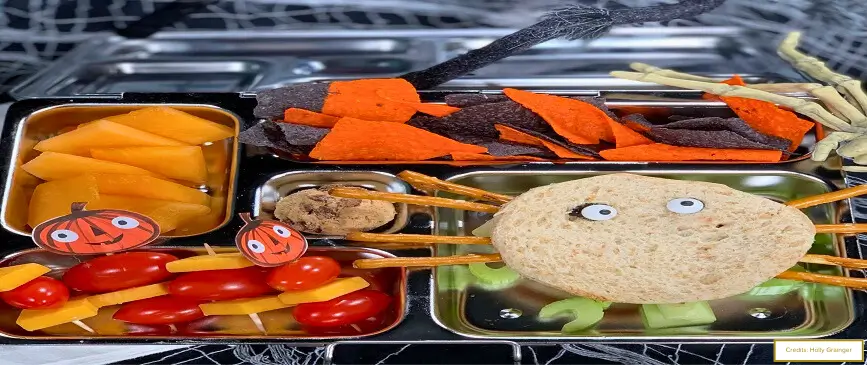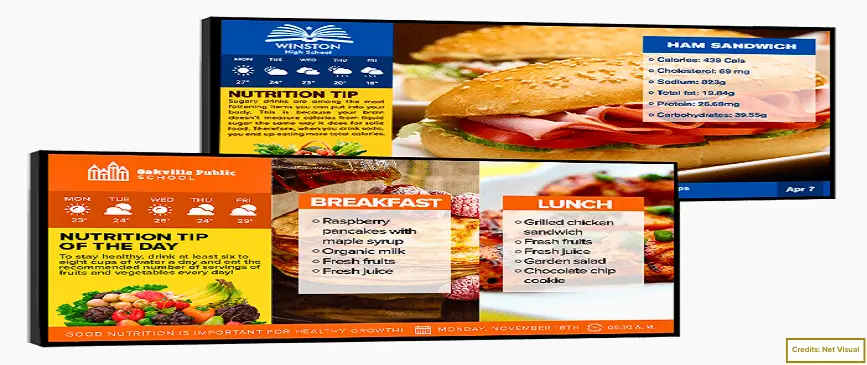Before you read the following plan to optimize your cafeteria, I want to point out that this is not theory or my opinion. This plan is based on years of research, results, and my personal experience in cafeterias all over the United States.
In fact, when I work onsite with a school district, it’s one of the first steps I take to help them enjoy dramatic results.
You might be wondering “if this is such a great plan why would you give it to me for free?”
The two-fold reason is very simple.
Number one – I wanted to give you something you can use to immediately see results!
Number two – I want you to see that I’m about helping you get results – not merely giving you information.
What’s the difference?
Here’s an example..
If you were to call a repair shop about an oven that had suddenly stopped working and they mailed you the manual.
– That’s information.
If they said “Pull the oven out so you can see the back and push the big red button beside the green blinking light. That will completely reset the oven and it will start running.”
– That’s results.
The reason I’m pointing this out is simple:
If you’re the right kind of person, you’ll gain so much value from this 4-step action plan that you’ll want to participate in other programs I offer. Programs where I work with you personally to address specific roadblocks you’re facing and help you overcome them – ultimately growing your revenue and participation by ten times.
Without further ado let’s start out by revealing a secret that will help you decode one of the biggest obstacles you’re facing…
Here’s the secret that will give you better results FASTER than anything else you can implement.
Ready? Here it is….
Lunchtime is for socializing not for eating lunch. The number one reason students do not eat lunch is that the lines are too long.
Now there are some anomalies like the lunch shift is too short, and there might not be enough lunch lines open, but we will deal with this later on.
When assessing your cafeteria operation use the following acronym.
F L O W
F – Feeling of the cafeteria. The cafeteria should have some type of ambience when the students arrive to it. It should feel inviting and not institutional. The signage should reflect the appropriate grade levels.
For example you should not use elementary marketing materials in secondary schools and vice versa. Secondary students will be turned off if they see preschool cartoonish figures on posters. They stopped looking at those types of images by the 3rd or 4th grade.
Use up to date images from online photo companies or visit your art department for assistance. Paint is an inexpensive way to add some life to the café. You can paint and accent wall to draw the students into your lunch lines. Yes, today’s cafeteria (or café, as we call them) can have ambience too!
L – Lines that are attractive. Branding is an essential element to increasing your participation. When students go out to eat they visit retail locations not another school cafeteria. So you really have to step your game up if you plan to “woo” your customers.
You would never walk into a popular coffee house and see their beverages or food not displayed correctly. I have visited numerous cafeterias where the milk and juice are just thrown on the line and they expect the students to sort through it to get their beverages. This is not what they are used to, and neither should they expect sub par service.
Your food lines should be garnished and your freshest product should be on the line first. You are probably saying, “I have to use my leftovers first then put out today’s menu”. Most schools have a person who serves as a food “scout”. Scouts let everyone else know what is on the menu and how it looks. Imagine the first student in line, getting their lunch and they see leftovers, burnt pizza or old crusty hamburgers.
As soon as they get their food and walk out his or her friends ask, “What’s for lunch” and he shows and tells them the truth. Now, “word of mouth” spreads like wildfire. I suggest that you insert your leftovers mid-way through lunch or even after the first 15 minutes. Put your best foot forward and you will see positive results.
O – Organization of the cafeteria. This is one of the most important elements of FLOW. Typically the school administration controls the setup of the cafeteria tables and chairs. I suggest having your managers or your district office personnel conduct a walk though of your cafeterias.
If they walk into the cafeteria and through the main entrance doors and they encounter several barriers then there needs to be a change. For example, if you have trashcans, tables, mop buckets, etc. blocking a clear path to the lunch lines they need to be rearranged.
Think about a supermarket or a convenience store. They always have direct paths to either the end caps, sale items or just a clear shot of what they would like you to purchase at the time. We all know, location is everything.
W – Working in student wellness. Often times, when districts craft their wellness messages to students they use terminology that students don’t understand or relate to. Students rarely respond well to, “Eat broccoli it is healthy for you, it is rich in… this or that vitamin”. I am not saying that you should not insert the benefits of eating certain foods but it should not be overkill.
Most of your customers want to know “what’s in it for me”. You should craft messages that are unique to the demographic and make it fun. A great example would be the Got Milk messages. They used famous and real life people to market to students. Real people, no cartoons or clips were used to get the message across and persuade customers.
In conclusion,
Get started. These are tips you can implement today. They are sure to help you increase the number of meals your students are consuming daily. If implemented correctly, your bottom line should show signs of improvement as well. Are you ready?
If you found value in this report, you’ll love some of the other methods and techniques I have developed to help students move beyond merely tolerating school food, to actually bragging about how great it is!



